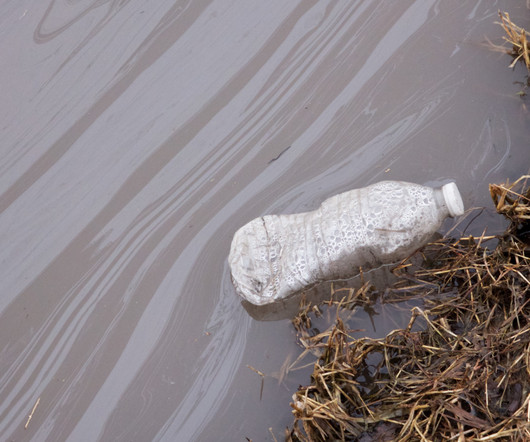What is Genuinely New in Supply Chain Management?
Logistics Viewpoints
JANUARY 22, 2024
The UFLPA prohibits goods mined, produced, or manufactured wholly or in part in Xinjiang from entering the U.S. But electronics; industrial and manufactured; and apparel, footwear, and textiles make up the bulk of products detained. In the past year, we have seen two genuinely new developments. Outside of the U.S.,






















Let's personalize your content